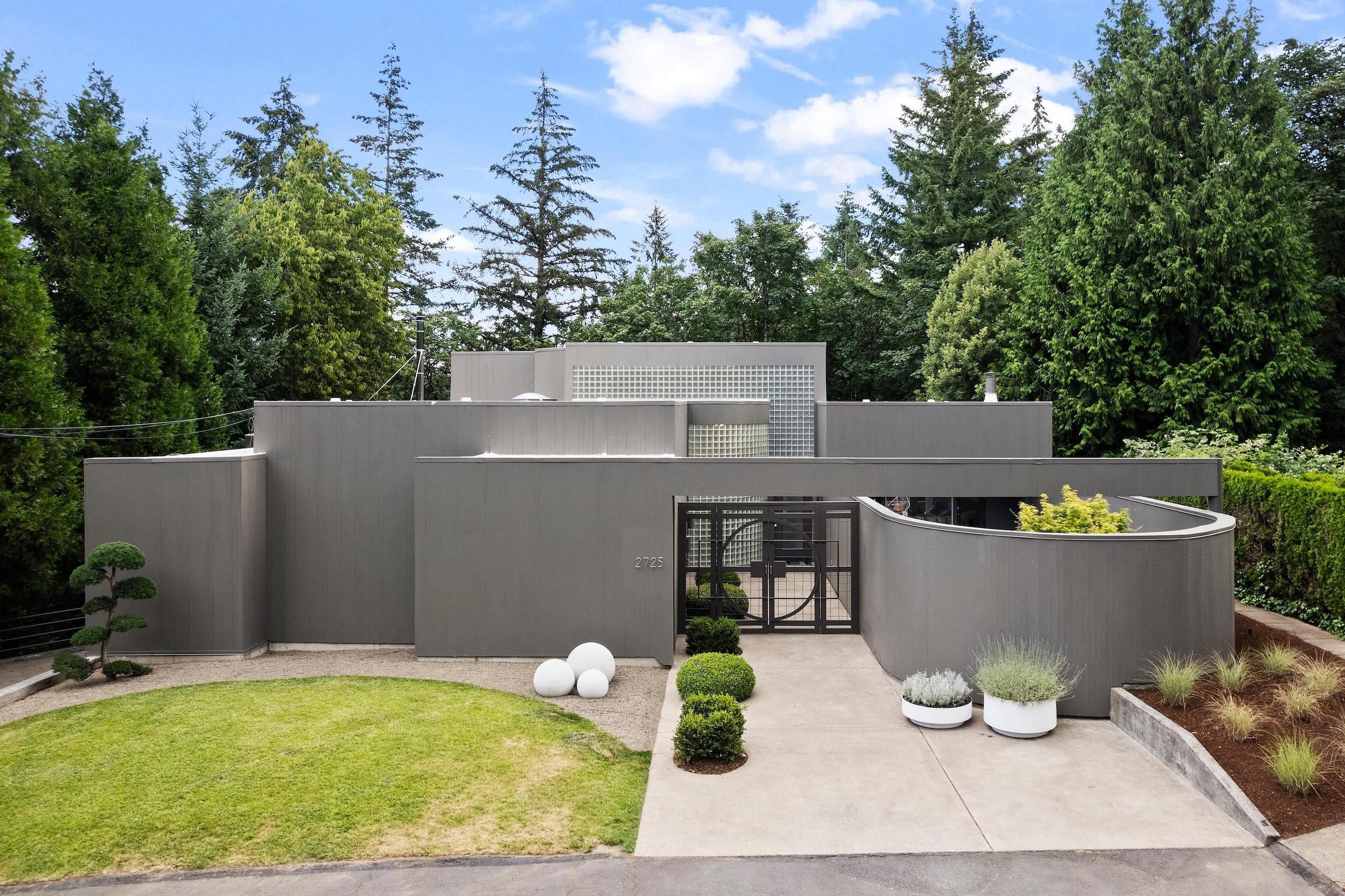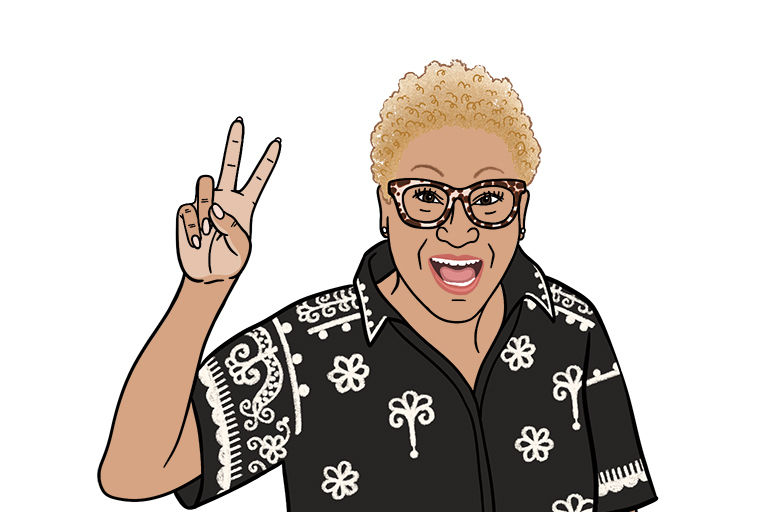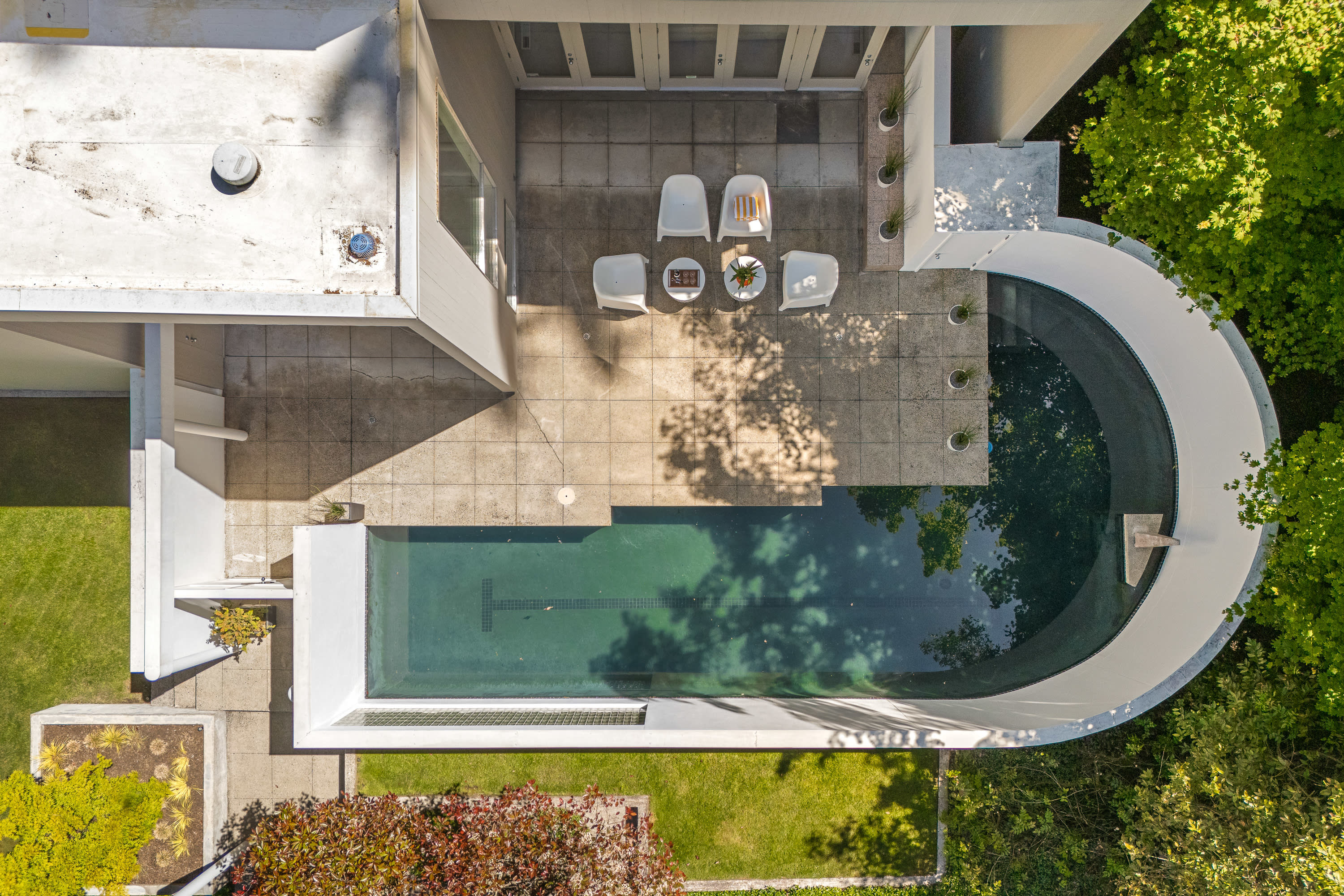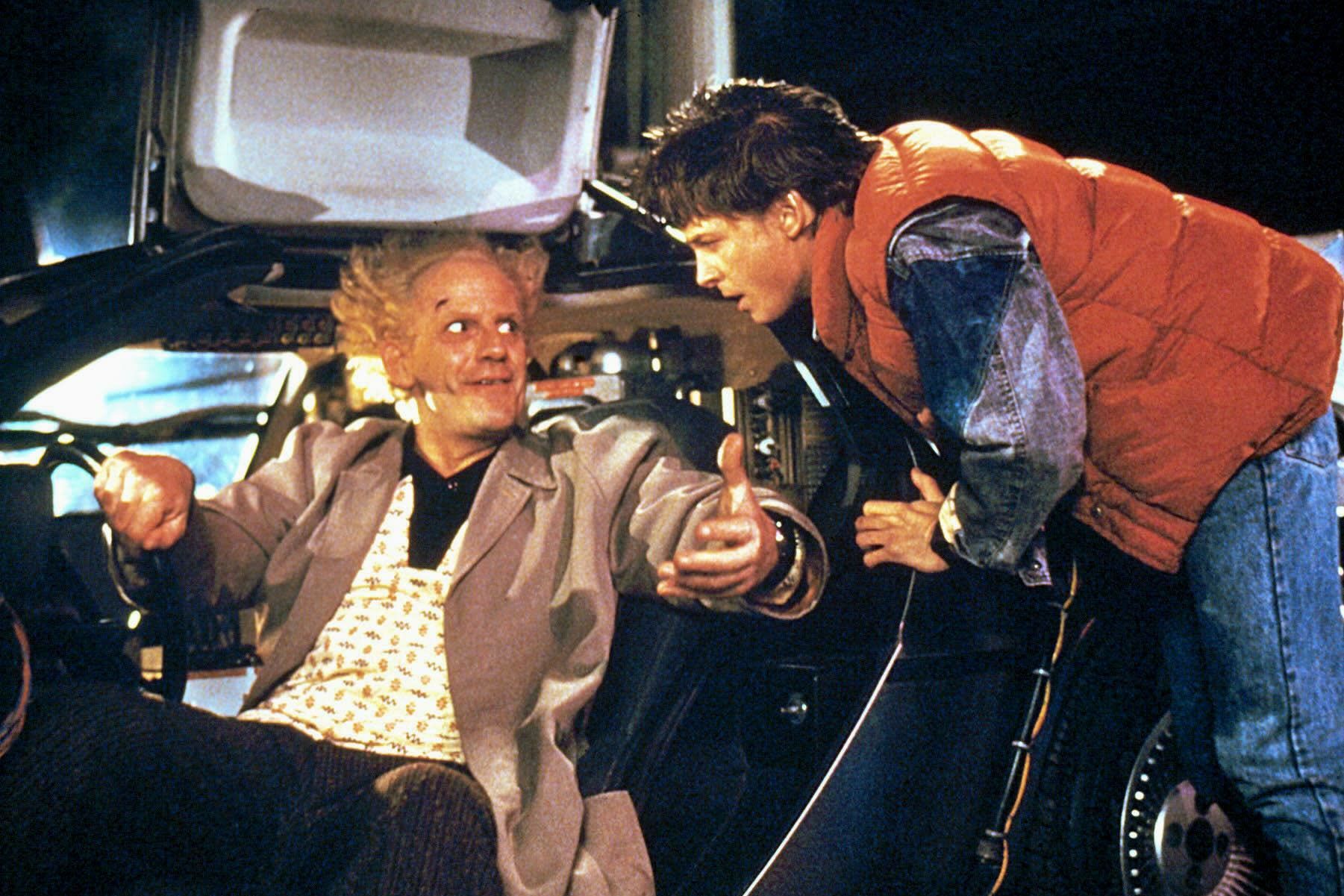Nike Comes To Town?
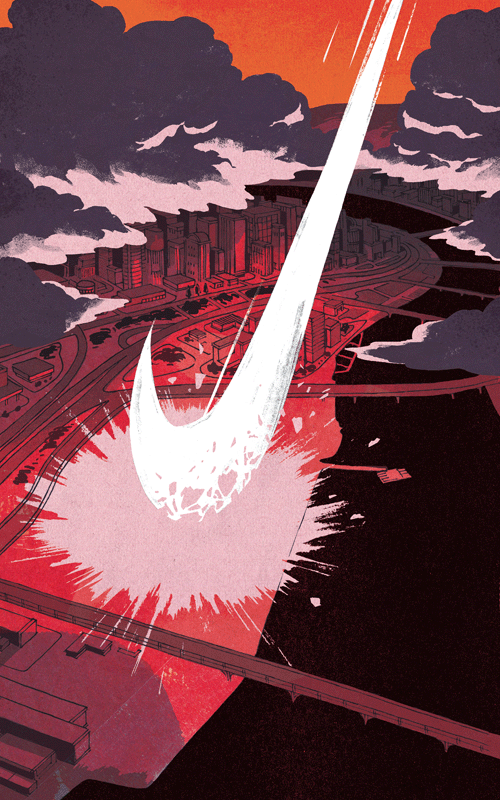
Image: Patrick Leger
Merle Thorud still recalls the day in 1996 that Agent Orange called. Then a 65-year-old janitor at a middle school, Thorud had owned a house on a two-thirds-acre lot on SW Walker Road for over 50 years. His neighbor, Nike, needed 19 feet of the property to widen the road to its new campus expansion. Nike offered him $130,000 for the house and land. Thorud wanted $164,900. Then came a call from Howard Slusher, one of Nike cofounder Phil Knight’s closest advisers, and a man whose carrot-colored hair and defoliating negotiating style earned him his nickname.
The two men got to within $8,000 of a handshake, according to reports at the time (Nike up $2,000; Thorud down $24,900). Slusher’s last offer: bring in the county to condemn Thorud’s land. The janitor eventually sold the property for $135,000 to his real estate agent, who negotiated a final deal. “I hate his guts,” says Thorud today of Slusher. “That guy was so nasty.”
In December, at Nike’s sole behest, Gov. John Kitzhaber summoned Oregon’s legislature for a rare one-day session, slamming through a new law that gives the guv power to cap taxes for companies promising expansions of at least 500 jobs and $150 million in investment. Now comes the next play: where will Nike expand? Nike remains mum on the subject, but insiders think there are two potential spots: Beaverton, near the company’s current 200-acre campus; or more tantalizingly, downtown Portland’s South Waterfront, where the Zidell barge-building dynasty owns 33 acres of shovel-ready riverside land, most of it dubbed a tax-abatement “enterprise zone” by the Portland City Council—the day before the legislature’s special session.
But for a city that rests much of its international reputation on its meticulous planning and highly inclusive public processes, the prospect of a center-city win of Nike comes with the knowledge the company knows how to tussle.
“I think we can play together,” says Portland Mayor Charlie Hales of the potential development. “I hope that Nike understands that the deal is not just an urban location but an urban form.”
No Oregon company has devoted more time, money, and care to its architectural image than Nike. Inside its famed grassy berm, Knight and Slusher have played Medicis, powering a single architect—Robert Thompson—to realize 19 buildings in a lush corporate nirvana inspired by Stanford University’s campus and the old towns of Zurich and Rotterdam.
Beyond the berm, the duo has been just about as mighty, and unfettered. In Eugene, Knight’s money and Slusher’s drive have transformed the east side of the University of Oregon into an athletic dreamland for coaching, training, and tutoring, anchored by the temple-like John E. Jaqua Center. By leasing the land from the university, building the facilities, then giving them to the university, Slusher has made the architecture bold, kept the building budgets secret, and brushed aside decades of historically styled campus planning.
“The generation that we’re trying to hire thinks and lives urban.”
—Portland Mayor Charlie Hales
On its likeliest Beaverton expansion site—84 acres to the south of its current campus—Nike has been throwing elbows for 15 years. In 1994, as TriMet laid the tracks for MAX trains to Hillsboro, Metro and the city of Beaverton planned the kind of “transit-oriented” development promised for the more than $600 million the federal government contributed to build the line. But before the MAX trains arrived, Nike bought the land and quickly swatted away the vision. When then–Beaverton Mayor Rob Drake tried to stand tough on the region’s and the feds’ goal of at least some housing next to light rail, Nike threatened to move its next phase of “5,000 employees” to another state—and sent saber-rattling letters to six western governors to prove it. “We hope that Oregon would want to see more expansion,” said Nike’s then-president, Tom Clarke. “There’s no way the state of Colorado isn’t going to be excited.” Drake deferred.
Hales is upbeat about Nike in Portland, comparing the apparel giant to companies like Amazon and Microsoft in Seattle, which built major urban satellites of their suburban enclaves. South Waterfront’s mix of transit and riverside recreation could be a dream location for so-called millennials. “The generation we’re trying to hire,” says Hales, “thinks and lives urban.”
But Portland is a city that plans, with few more ardent enforcers of those visions than Hales. In 1997, as a city commissioner, he stopped a California developer, Pegasus, from building a 10-acre South Waterfront apartment complex with private streets and a gated entrance, blasting it as “alien to the Portland environment.” Fifteen years—and many millions of dollars in streets, rail, and parks—later, anything similarly insular would be even more foreign.
The stakes are high. Nike’s promise of 500 jobs paying an average $100,000 has the city salivating. But one need not look far for the wounds of the last joust between sports giants and planners. When the city tried to impose a more urban vision for the Rose Garden, Paul Allen threatened to move his Blazers. Allen got his way. We got the moribund Rose Quarter.
A Hales/Slusher bout? “We’ll put on a show,” the new mayor chuckles. “But we’ll be able to get to ‘yes’ on the details in a way that works for them as a work environment for their employees but also works for an emerging neighborhood.”
